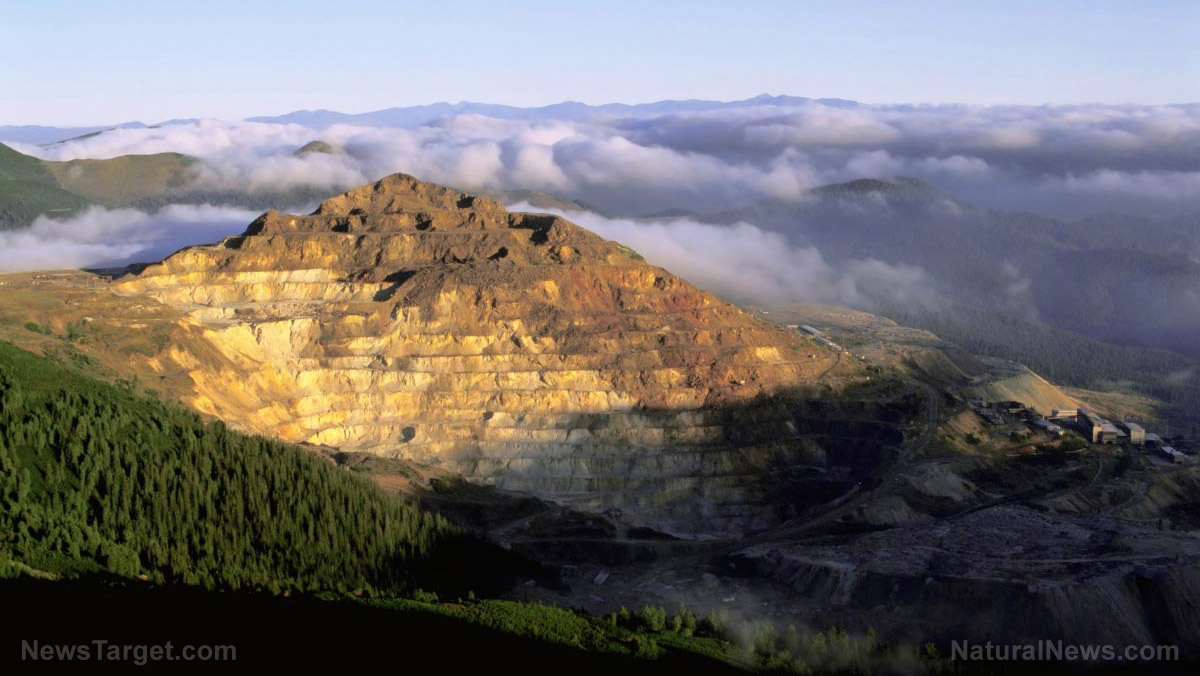
Rapid growth in metal mining for “green energy” is poisoning the food and water supply
The report finds that over 23 million people are currently impacted by toxic byproducts from the mines. Approximately 63,000 square-miles of flood plains and 297,800 miles of rivers are now polluted, due to aggressive “green energy” mining operations. These operations often use child labor to extract the rare earth elements needed to manufacture iPhones, solar cells, wind turbines, and batteries for electric vehicles.
This new wave of pollution has already affected some 16 million acres of farmland, including 5.72 million livestock. The consequences of this heavy metal pollution are not just regional; contaminated food crops are distributed around the world and end up silently poisoning unsuspecting populations.
“Rapid growth in global metal mining is crucial if the world is to make the transition to green energy,” warned Chris Thomas, a zoologist at the University of Lincoln, who monitors threats to the global water supply. Thomas’s research team developed a new database supported by on-the-ground testing. The database maps hundreds of square miles of rivers and floodplains that are contaminated by industrial mining processes.
Using their hydrologic models, the researchers found that the number of people exposed to contamination from long term discharge of mining waste into rivers is approximately 50 times greater than the number directly affected by tailings dam failures. A tailings dam is an embankment of raw earth byproducts discarded from a mine. After the ore is separated from the gangue, tailings are left behind in liquid, slurry, or solid form. These highly toxic and potentially radioactive particles are incorporated into the tailings dam. Over time, the heavy metals leach from the slurry and into the surrounding environment.
The unsustainable future of “green energy” threatens to multiply heavy metal pollution
The researchers found systemic environmental damage from historical mining, which is “most problematic in western Europe,” according to the researchers. The researchers identified 159,735 abandoned mines and estimated that these were historically the greatest source of contamination around the globe.
The report also analyzes 22,609 active mines, 11,587 mining waste storage facilities, and 257 storage sites that have knowingly failed and currently leak into the environment. According to Thomas’s models, North America is the region most impacted by mining waste from active mines, with 123,280 miles of contaminated river systems and approximately 10.7 million acres of polluted floodplains. South America currently contains 50,766 miles of polluted rivers and over 9.5 million acres of tainted floodplains. In Asia, there are about 37,842 miles of river that are polluted by the mines and about 8.3 million acres of floodplain polluted by heavy metal waste.
The MIT Environmental Solution Initiative finds that “green energy” technologies like wind turbines and electric cars often require more mined minerals than the current fossil fuel infrastructure requires. For instance, a wind power plant requires nine times more mined minerals than a traditional gas fired power plant. According to MIT’s university research team, an electric car requires six times more metallic and mineral materials than a traditional combustion engine vehicle.
If countries were mandated to transition to a “net zero carbon” future by 2040, then mining pollution would be many times greater than the current pollution caused by coal-fired power plants, fracking operations, and the like. The mass mining required for "green energy” does not represent a more sustainable future.
For more on the impact of this pollution, check out HeavyMetals.News.
Sources include:
Please contact us for more information.






















